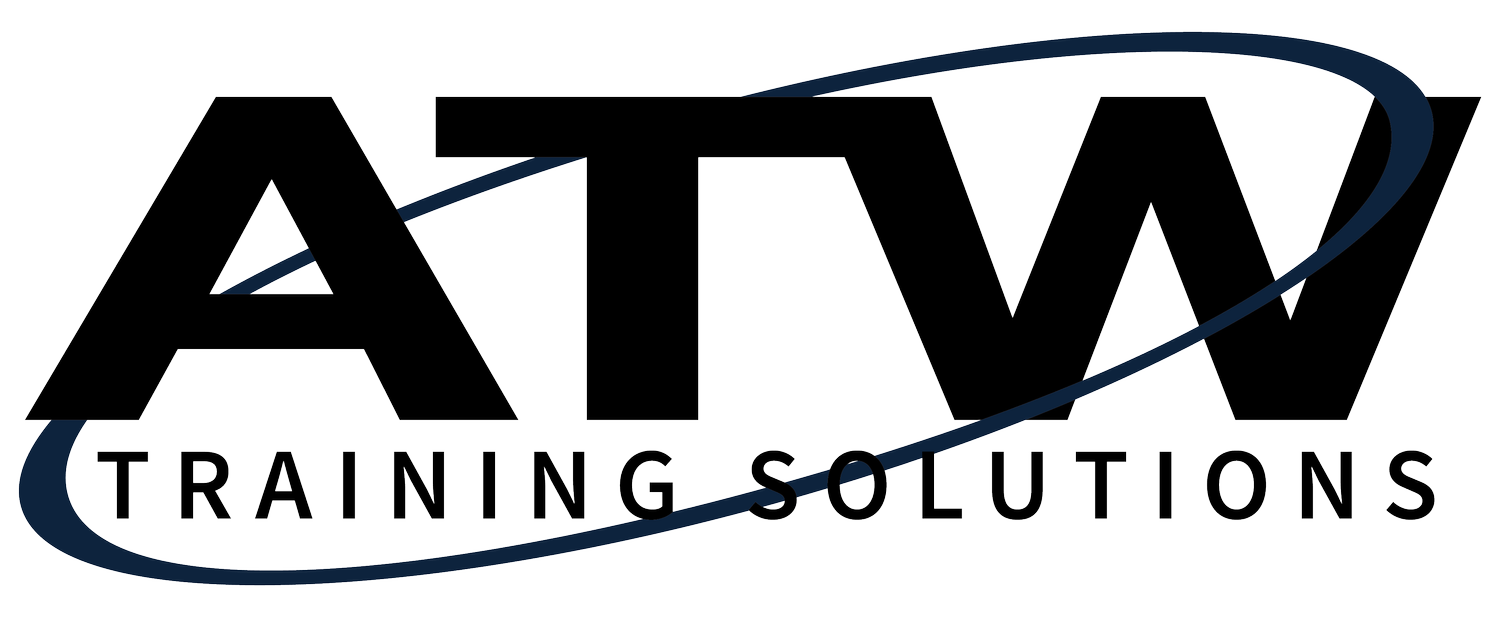On-the-job Training: A Model For On The Job Training
A simple model for on-the-job training includes actions to take before, during, and after training. We'll explore the entire model before diving deeper in upcoming video segments. I'm asking you to think about the whole picture of on-the-job training and do some planning on each of these pieces. Before training, take time to prepare yourself and also the person being trained. Don't think you'll be successful if you just wing it with insufficient preparation. If you take this approach, it will quickly become apparent and your lack of preparation will result in little impact and a need for repeat training. Instead, aim for a huge return on your investment of time in this area. Plan and prepare and you'll be amazed at the impact. During training, create a comfortable environment for learning. Be patient. Follow a logical sequence of instruction and practice and explain not only the what but the why.
For complex tasks, you may have to break training into smaller chunks or plan multiple sessions. You can see we call out in this step to deliver effectively. Your preparation is complete, and now you are helping your learner both understand and perform. Remember to engage your learning modes of see, hear and do.
After training, you want to assure the learner is skilled. Plan to spend additional time to reinforce learning. You may need to observe and provide feedback for a time gradually reducing your involvement until it is no longer needed. You now have the big picture of on-the-job training. Skipping steps or taking shortcuts usually results in less effective training outcomes. You are clear, you don't simply show up and train. To be successful, lean into the process. Prepare before training. Excel at delivery during training. Assure the training was effective and continue to assist the learner on the job by coaching and giving feedback after training. We'll unbundle our simple model for OJT in the next video segments. These steps are common sense, but are not always common practice. Be thorough and consistent in your approach for the best on-the-job training results.
